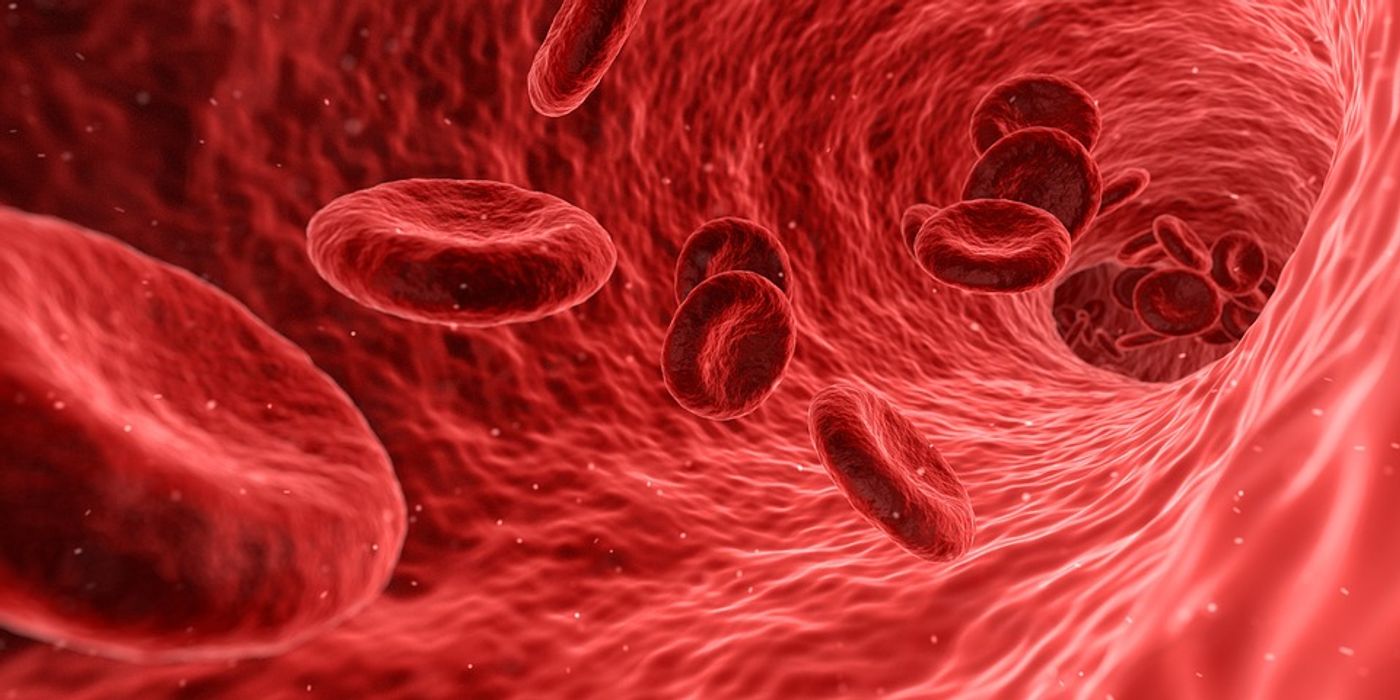An In Depth Look At Aneurysms
A balloon-like bulge in an arterial wall is called an aneurysm. The arteries are responsible for carrying oxygenated blood throughout the body.
Generally, the very thick walls of the arteries can withstand a person's normal blood pressure. Aneurysms happen when a medical problem, genetic condition, or trauma damage an artery wall. Blood pumping against the injured arterial wall is the cause of this dangerous bulge.
Over time an aneurysm may rupture or split. When an artery split, it’s called a dissection. When an aneurysm ruptures or splits, dangerous bleeding in the body occurs. Most of 13,000 US deaths each year from aneurysms occur because of a rupture or dissection.
Most often aneurysms occur in the main artery that carries oxygenated blood from the heart to the body. This artery is called the aorta, and it runs through the chest and abdomen. Because aneurysms can develop without symptoms, people who are considered high risk are generally recommended to consider early routine screening. If found early on treatment may help prevent rupture or dissection.
The above video, from Boston Children's Hospital, takes an in-depth look at an aneurysm in the brain. The video also describes some of the treatment option available once an aneurysm is detected.
Sources: Boston Children's Hospital









